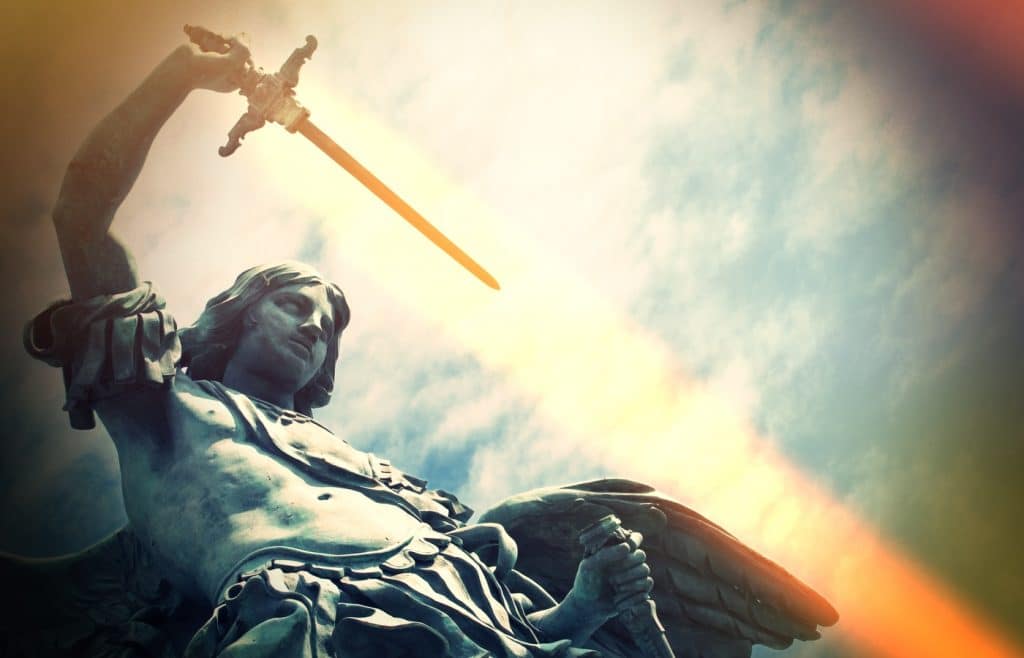We recently had a commentary on “Burning Man,” that bizarre annual “celebration” in the bleak desert of Nevada that has just ended, again in turmoil.
If it isn’t rain causing party-goers to trudge in knee-deep mud (as two years ago, when in the chaos a life was lost), or a dust storm (as last year), it’s an even bigger dust storm this year, blowing down a temporary structure called the “Orgy Dome” (no detailed explanation of what transpired in the dome is necessary).
Born of the hippie and New Age movements in California, it’s an event that attracts seventy thousand, including upper-end high-tech types (Google founders are part owners of the event). Occult-like rituals rule the day.
This year there was the added tragedy of a homicide when a man identified as 37-year-old Vadim Kruglov, a Russian national residing in Washington state, tragically was found dead in a “pool of blood” during the burning of the Man effigy.
For some, the Man symbolizes the establishment, control, or societal expectations—and burning it signifies a liberation from societal norms.
From an occult standpoint, fire is purifying. Burning the Man can be seen as a ritual of transformation, akin to alchemical or magical purification.
In case you think this is just a California eccentricity (transported to Nevada), a Christian who has monitored the event since the 1990s, Carl Teichrib, recently told podcaster Melissa Dougherty:






